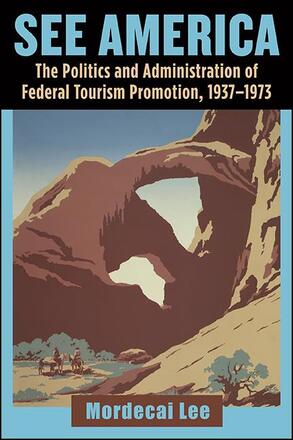
See America
The Politics and Administration of Federal Tourism Promotion, 1937-1973
Alternative formats available from:
The first history of the US Travel Bureau, which set the precedent for federal involvement in promoting tourism and travel, an activity which continues today.
Description
Created in 1937 by Interior Secretary Harold Ickes and given formal status by Congress in 1940, the US Travel Bureau played a seminal role by setting the precedent for federal involvement in tourism. Business, otherwise hostile to FDR's New Deal, enthusiastically supported its work and Roosevelt, who significantly expanded the National Park system, saw increased tourism as a means to increase attendance, bolster economic activity, and counteract the Great Depression. The Bureau developed unusually extensive public relations and marketing programs that attempted to persuade citizens to travel more. The Travel Bureau also quietly engaged in vigorous marketing to encourage African Americans to travel, including sponsoring the 1940 and 1941 editions of the Green Book, the travel guide for African Americans facing segregated restaurants and lodging. Eventually, travel promotion was transferred to the Commerce Department by Congress and President Nixon with a federal surtax to fund it and where it continues today.
Mordecai Lee is Professor Emeritus at the University of Wisconsin–Milwaukee and the author of many books, including The First Presidential Communications Agency: FDR's Office of Government Reports; The Philosopher-Lobbyist: John Dewey and the People's Lobby, 1928–1940; and Get Things Moving! FDR, Wayne Coy, and the Office for Emergency Management, 1941–1943, all published by SUNY Press
Reviews
"Lee's book offers political scientists and political historians a revealing window into the inner workings of the US government during the Great Depression and WWII, and it does so in a way that is accessible and engaging. " — Michael Dawson, author of Selling British Columbia: Tourism and Consumer Culture, 1890–1970